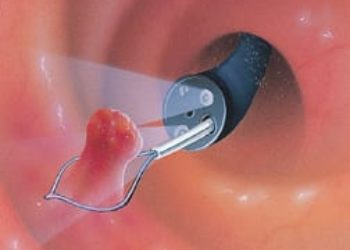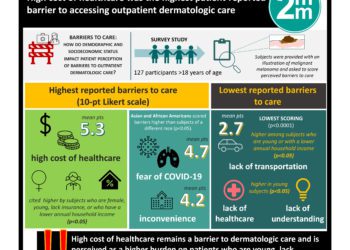Patterns of low- and high-value care amongst uninsured/Medicaid patients and safety-net physicians
1. In this cross-sectional study of out-patient medical visits in the United States, patients without insurance or patients with Medicaid had equal incidence of low-value care compared with patients with private insurance.
2. Physicians with a higher proportion of uninsured and Medicaid-receiving patients (safety-net physicians) did not differ significantly in delivery of high- and low-value care compared with physicians with low proportions of these patients (non-safety-net physicians).
Evidence Rating Level: 3 (Average)
Study Rundown: Reducing rates of low-value care has been a main focus for improving efficiency, and lowering complications and costs of health care. While certain areas of low- and high-value care have been identified, the patterns of care have not been studied between patients with different levels of health care coverage. The current study used survey data to evaluate outpatient encounters for the rates of delivery of 9 low- and 12 high-value care. Overall, rates of low- and high-value care were similar amongst patients without insurance, those with Medicaid, and those with private insurance. There were no significant differences in value care delivery between safety-net and non-safety-net physicians.
While the study data is comprehensive in utilizing national level data and highlighting areas with feasible avenues for improvement, the main limitation of the study is the reliance on survey data with possible inaccuracy in diagnoses. Information on important comorbidities are missing. The study also does not include patients 65 years and older.
Click to read the study, published in JAMA Internal Medicine
Relevant Reading: Low-Value Health Care Services in a Commercially Insured Population
In-Depth [cross-sectional study]: This study is a cross-sectional evaluation of patients 18-64 years old from 2005-2013 using data from the National Ambulatory Medical Care Survey and National Hospital Ambulatory Medical Care Survey. Visits to the emergency department were excluded from analysis. Safety-net physicians were defined as those with >25% of patients with Medicaid or no insurance, while the comparison non-safety-net physicians treated a population with 1-10% Medicaid coverage or no insurance. Low-value measures included: antibiotics for upper respiratory infections, imaging for sinusitis, non-indicated screening with bloodwork, electrocardiogram, urinalysis, narcotic use and advanced imagining for low back pain or headaches. High value care included: smoking cessation counselling, weight reduction counselling, anticoagulation for atrial fibrillation, medical management (ASA, beta-blockers, statin) for coronary artery disease and congestive heart failure, statin use in diabetics, depression treatment, and osteoporosis treatment.
Low value care occurred in 19.4% of eligible visits, while high-value care was present 33.4% of the time. Medicaid patients did not have overall differences in low-value care rates (aOR 1.11, 95%CI 0.99-1.25) while high value services were less common (aOR 0.88, 95%CI 0.83-0.94). Uninsured patients had no significant difference in low-value care, but were more likely to receive high-value care (aOR 1.44, 95%CI 1.28-1.61). Narcotic use for back pain and headache were more common in both the uninsured and Medicaid patient groups. Low and high-value care did not differ by physician types (safety-net vs. non-safety net).
Image: PD
©2017 2 Minute Medicine, Inc. All rights reserved. No works may be reproduced without expressed written consent from 2 Minute Medicine, Inc. Inquire about licensing here. No article should be construed as medical advice and is not intended as such by the authors or by 2 Minute Medicine, Inc.









